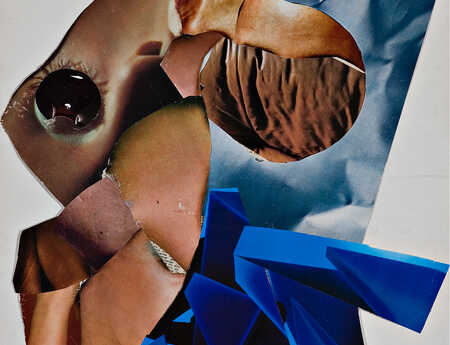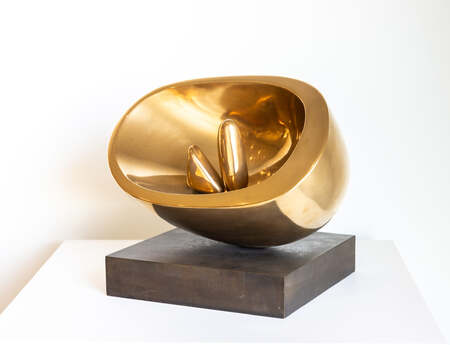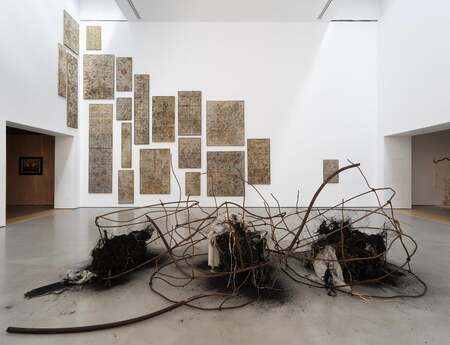Albertina Museum
Albertinapl. 1
1010 Vienna
Austria
Brigitte Kowanz: Light is what we see
»Light is energetic and infinitely multilayered; it is omnipresent yet intangible. Light makes things visible but is itself transparent, it draws you in and is inseparably bound to space. My interest is in creating ways for light to show itself in its numerous manifestations and facets.«
Brigitte Kowanz, 2010
The ALBERTINA Museum presents the first major solo exhibition of Brigitte Kowanz (1957–2022) since her passing.
Light is both image and message in the work of internationally acclaimed artist. For her, light is a universal code—and a metaphor for life. In many of her works, the medium itself comes to the forefront: it becomes transparent, visible, and simultaneously reflects on itself. “The medium is the message,” stated media theorist Marshall McLuhan. Kowanz brings this idea to life in striking ways. In her work, light is not merely a medium—it becomes a space of perception, an immaterial code for the visible and invisible aspects of our present time.
From Everyday Materials to Immersive Spatial Experiences
Already at the beginning of her career in the 1980s, Kowanz engaged with everyday experiences and drew on artistic concepts pioneered by figures such as Marcel Duchamp in the early 20th century. She transitioned to wall and spatial objects by using neon tubes and bottles filled with fluorescent and phosphorescent substances. She incorporated elements of underground culture—from new wave music and hallucinogenic experiences to a rebellious punk attitude—that at the time intersected with experimental film, video art, and the growing interest in virtuality.
Throughout her life, Kowanz was drawn to states that resist fixed categorization—to transitions, in-between spaces, and ambivalences. Her work, she once said, was about “the transformation of cognitive and emotional energy.” Breaking away from classical media and reflecting on new ones, expanding into three-dimensionality, creating immersive installations, and exploring the relationship between light, language, codes, space, and time became hallmarks of her visionary art.
Infinity and Beyond
At the heart of her practice is an exploration of light and the speed of light—linking real and virtual realities through mirrors and touching on the concept of infinity: Infinity and Beyond was the title of her installation in the Austrian Pavilion at the Venice Biennale in 2017. Using stylistic devices such as reflective surfaces, she directly addresses the viewer, making them an integral part of the artwork. The result is unstable, fleeting, and moving images that serve as spaces of possibility—inviting us to better understand a hybrid reality and an accelerated present.
Language and image play a central role in the oeuvre of this pioneer of media art. Her interest in language and in both old and new systems of signs is evident in many of her works using Morse code, where she transmits messages through light. Morse code represents an early binary system that enabled information to be transmitted via the speed of light over long distances for the first time. In the rhythm of dots and dashes, on and off, in the interplay of presence and absence, and the simultaneity of sending and receiving, information is transmitted. Morse code thus forms the foundation of today’s digital information society—and of its accelerated reality. Works such as Email 02.08.1984 03.08.1984, referencing the first transmitted email, www 12.03.1989 06.08.1991, or Wikipedia 15.01.2001 represent artistic reflections on the telecommunication revolutions of our time and their far-reaching impact across generations worldwide—insights that Kowanz anticipated and illuminated through her work with light. The exhibition reaches a literally radiant climax in its exploration of virtual, digital, and imaginary spaces: luminous objects unfold their full impact, spreading their intensity throughout the exhibition halls and making a new reality palpable.
An Oeuvre Between Emancipation and Magic
Kowanz’s retrospective at the ALBERTINA Museum includes mirrored spaces and works that reflect into infinity. The exhibition presents a dialectical body of work—one that unites the seemingly incompatible and oscillates between polarities: materiality and immateriality, enlightenment and mysticism, emancipation and magic. In a blacklight room reminiscent of club culture, her phosphorescent and fluorescent works come into full effect. The result is a series of space-within-space constructions. A gallery of early works features pieces such as Polaroid photographs—shown for the first time—and rediscovered modular objects created in collaboration (1979–1984) with her partner Franz Graf.
Brigitte Kowanz’s exceptional oeuvre revolves around the dematerialization of the art object and the visualization of immateriality, transience, and the boundlessness of light. At the heart of her work—which carries a distinct signal quality—lies a question that is as simple as it is radical: What is light? Light is what we see, the artist responded. This guiding principle points to a central paradox: light makes everything visible—yet remains invisible itself. Kowanz masterfully brings this invisible force to the fore and renders it strikingly present in her work.
Curators: Angela Stief and Adrian Kowanz


